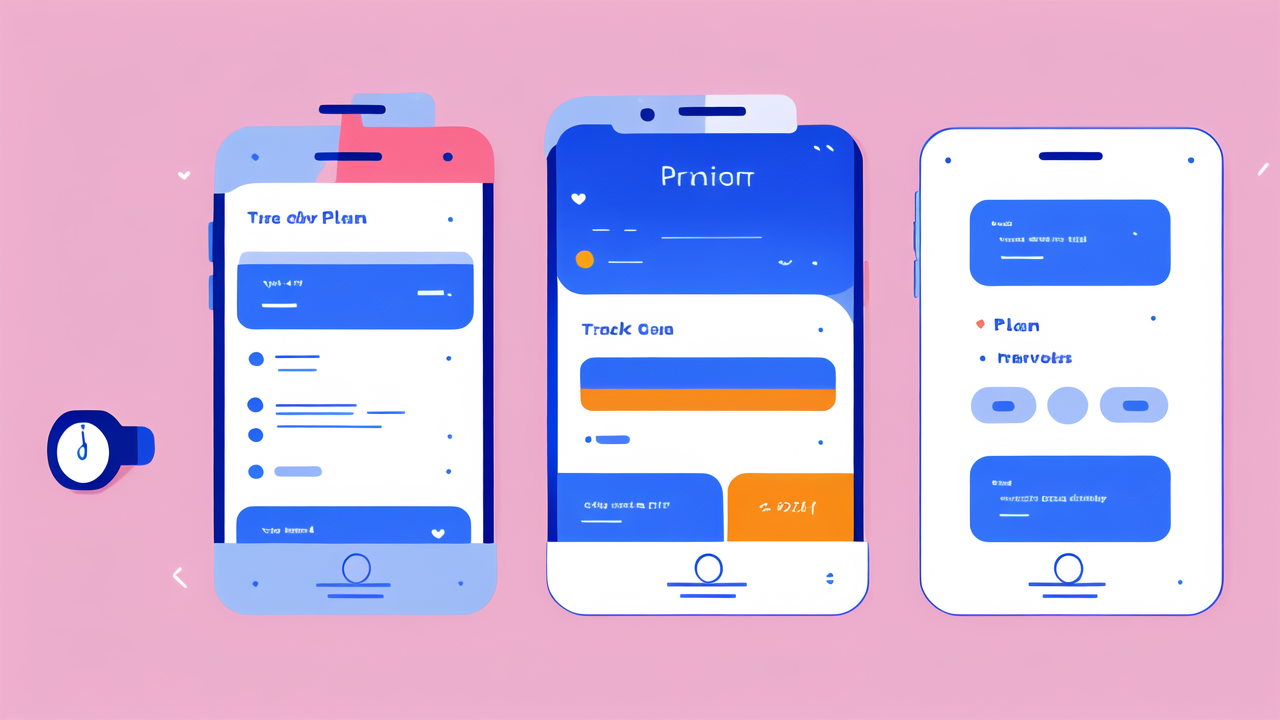Understanding the Benefits of Fitness Tracking for Health Enthusiasts
The Role of Wearable Technology in Tracking Fitness Goals
Wearable tech has changed how we monitor our health. Fitness trackers are now essential for many people. They help us set and reach our fitness goals. These devices track steps, heart rate, and sleep patterns. They motivate us to move more and be healthier. Many users find they exercise more when using a tracker. The data helps them understand their body better. It's like having a personal coach on your wrist.

Accuracy and Reliability of Fitness Data from Smart Watches
Smart watches have come a long way in accuracy. Most devices now give reliable data on steps and heart rate. Sleep tracking has also improved greatly. However, calorie counts may still be estimates. It's important to use the data as a guide, not absolute truth. Comparing data over time is more useful than single readings. Regular updates keep improving accuracy. User input, like height and weight, helps make data more precise.
Enhancing Health and Wellness with Advanced Tracking Capabilities
Modern trackers offer more than just step counts. They can monitor stress levels through heart rate variability. Some track blood oxygen levels, which is useful for altitude training. Menstrual cycle tracking helps women understand their bodies better. GPS in smart watches is great for runners and cyclists. Many devices now offer guided workouts and meditation sessions. These features make trackers powerful tools for overall wellness.
Top Fitness Trackers and Smart Watches in the Market
Reviewing Popular Models for Serious Fitness Tracking
Several models stand out for serious fitness enthusiasts:

- Garmin Fenix Series: Great for outdoor activities and long battery life.
- Apple Watch Series: Best for iPhone users, with a wide range of health features.
- Fitbit Sense: Strong all-rounder with stress management tools.
- Samsung Galaxy Watch: Good for Android users, with a classic watch design.
- Whoop Strap: Focuses on recovery and strain, popular among athletes.
Each has unique strengths. The best choice depends on your specific needs and preferences.
Comparing Feature Sets and Pricing
Feature sets vary widely among fitness trackers:
- Basic models track steps, calories, and sleep.
- Mid-range devices add heart rate monitoring and connected GPS.
- High-end watches offer built-in GPS, advanced health metrics, and smart features.
Prices range from $50 for basic trackers to over $500 for premium smart watches. Consider which features you'll actually use. Sometimes, a simpler device is better if it means you'll use it more often.
Considerations for Different User Segments
Different users need different features:
- Runners and cyclists often want built-in GPS and long battery life.
- Swimming enthusiasts need water resistance and swim tracking.
- Older adults might prefer simple interfaces and fall detection.
- Tech-savvy users might want smart notifications and app integrations.
Consider your main activities and tech comfort level when choosing a device.
Best Practices for Fitness Tracker Adoption in the United States
Integrating Tracking Devices into Lifestyle and Work Regimes
To get the most from your tracker, make it part of your daily routine:

- Wear it consistently, even during sleep if it tracks that.
- Set realistic goals and gradually increase them.
- Use reminders to move throughout the day, especially if you have a desk job.
- Sync your device regularly to keep data current.
- Join challenges with friends or coworkers for motivation.
Remember, the tracker is a tool to support your health journey, not the whole journey itself.
Leveraging Fitness Tracking Data for Improved Training Results
Use your tracker's data to improve your workouts:
- Monitor your heart rate to ensure you're training in the right zones.
- Track your sleep to optimize recovery between workouts.
- Use GPS data to plan and vary your running or cycling routes.
- Review your progress over time to stay motivated and adjust your goals.
- Pay attention to rest days and recovery metrics to avoid overtraining.
The key is to act on the data, not just collect it. Use the insights to make informed decisions about your training.
Understanding Regulatory Compliance and User Privacy in the U.S.
Privacy is a big concern with fitness trackers in the U.S. Here are some key points:
- Most trackers collect personal health data, which is protected under HIPAA in some cases.
- Read the privacy policy of your device and its app carefully.
- Understand what data is being collected and how it's used.
- Be cautious about sharing your fitness data on social media.
- Check if your health insurance offers incentives for sharing data, but know the risks.
- Keep your device's software updated to ensure the latest security features.
Remember, you have control over your data. Only share what you're comfortable with.




Leave a comment
This site is protected by hCaptcha and the hCaptcha Privacy Policy and Terms of Service apply.